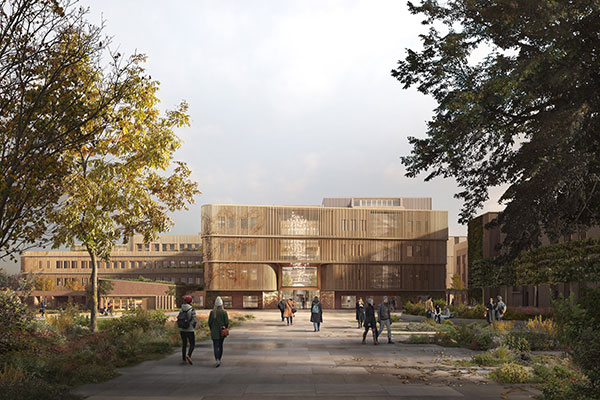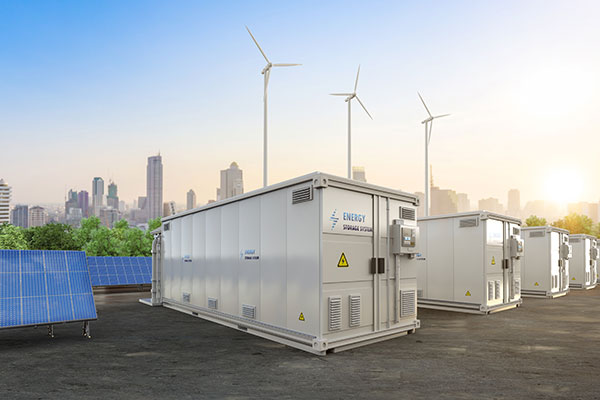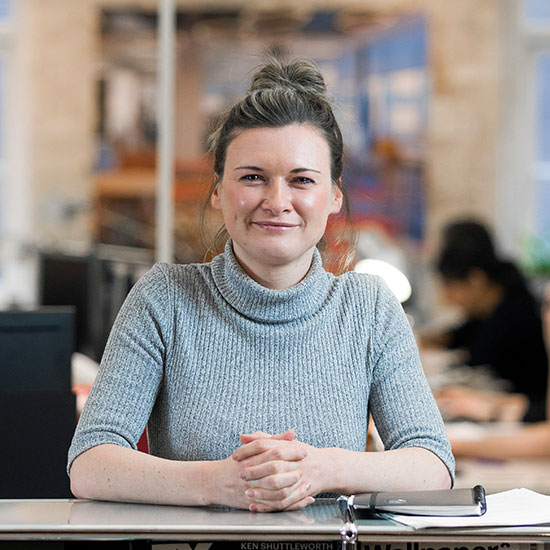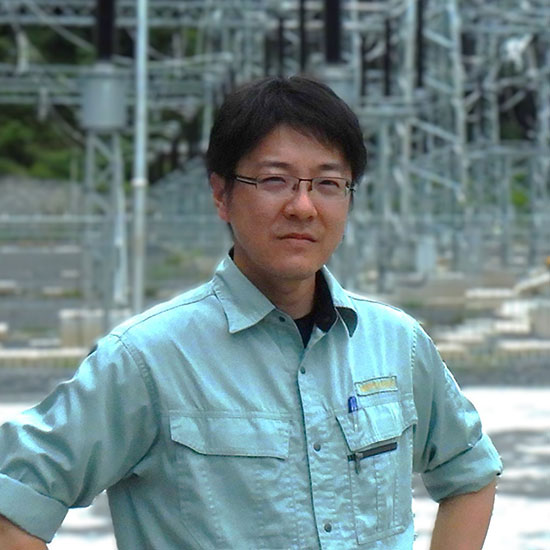Themes
The Good City will rise to this challenge and will need to plan to be zero carbon by 2050 at the latest and where possible well before this. As a dense, walkable city it will achieve this reducing transport emissions, optimising energy use, using smart energy systems and meeting its remaining energy needs from renewable energy. Cities also contain huge reserves of embodied carbon and the Good City will reuse and retrofit existing structures and infrastructure as far as possible alongside efficient new build.
Five ‘Good City’ solutions
1. Decarbonisation of power generation
The Good City will invest in decarbonising its power networks by promoting renewable energy through wind, solar, hydroelectric and geothermal. This needs to take account of the increased demand for electricity from electric vehicles, heat pumps and cooling.
2. Smart energy networks
At a city and neighbourhood scale smart grids and microgrids can link local renewable capacity and demand as well as building a city’s resilience and energy security. There is a role for city governments in helping to finance and mitigating the risk of these systems.
3. Energy efficiency buildings
Both new and existing buildings must strive to be zero carbon ready. This is achieved through design and technology to minimise the energy required for heating, cooling lighting and other systems and ensure that the energy that is used can come from carbon free sources.
4. Energy storage
Energy storage enables the efficient utilisation of renewable energy, improve grid stability, and provide backup power during outages. As technology advances in thermal, battery, flywheel and pump hydro storage systems, they will play a vital role in the net zero future of cities.
5. City digital twins
A digital twin is computer programme created by connecting real-time data to its physical environment through sensors, meters, and monitoring devices. Building owners, city planners and governments can use digital twins to track, manage and minimise emissions from both new and old buildings, as well as during construction.
Case studies

John Innes Centre, Norwich Research Park – net zero lab
Norwich, UK
We are designing the largest net zero carbon laboratory in the UK for the John Innes Centre (JIC) and The Sainsbury Laboratory (TSL), in conjunction with BBSRC at Norwich Research Park.

Battery Energy Storage System
Ruien, Belgium
One of our Group companies, Nippon Koei Energy Europe B.V. (NKEE) and Aquila Clean Energy EMEA (Aquila Capital’s clean energy development platform) completed the construction of their battery energy storage system (BESS) located in Ruien, Belgium last year.


